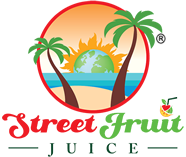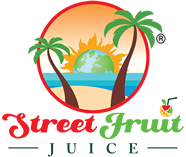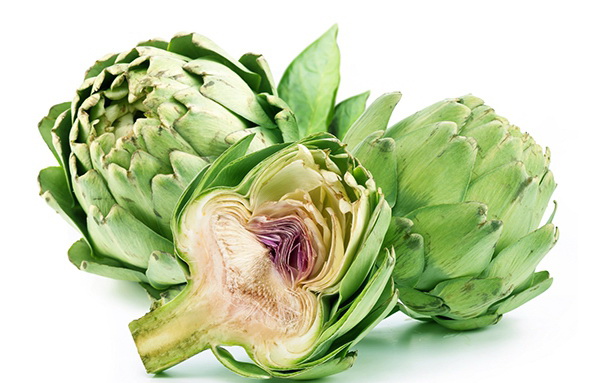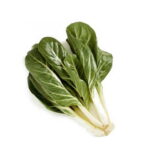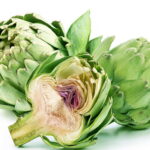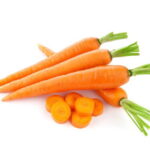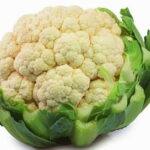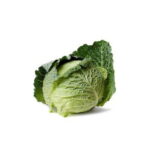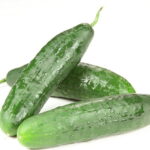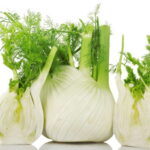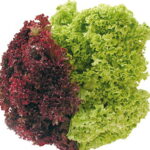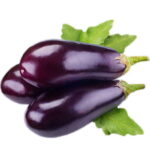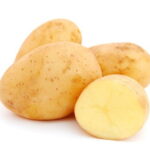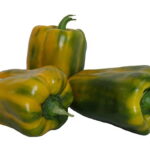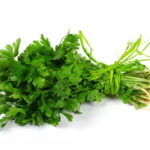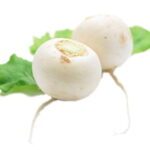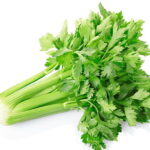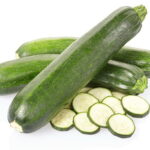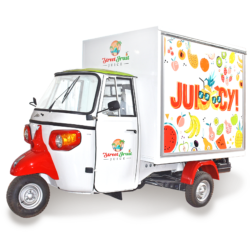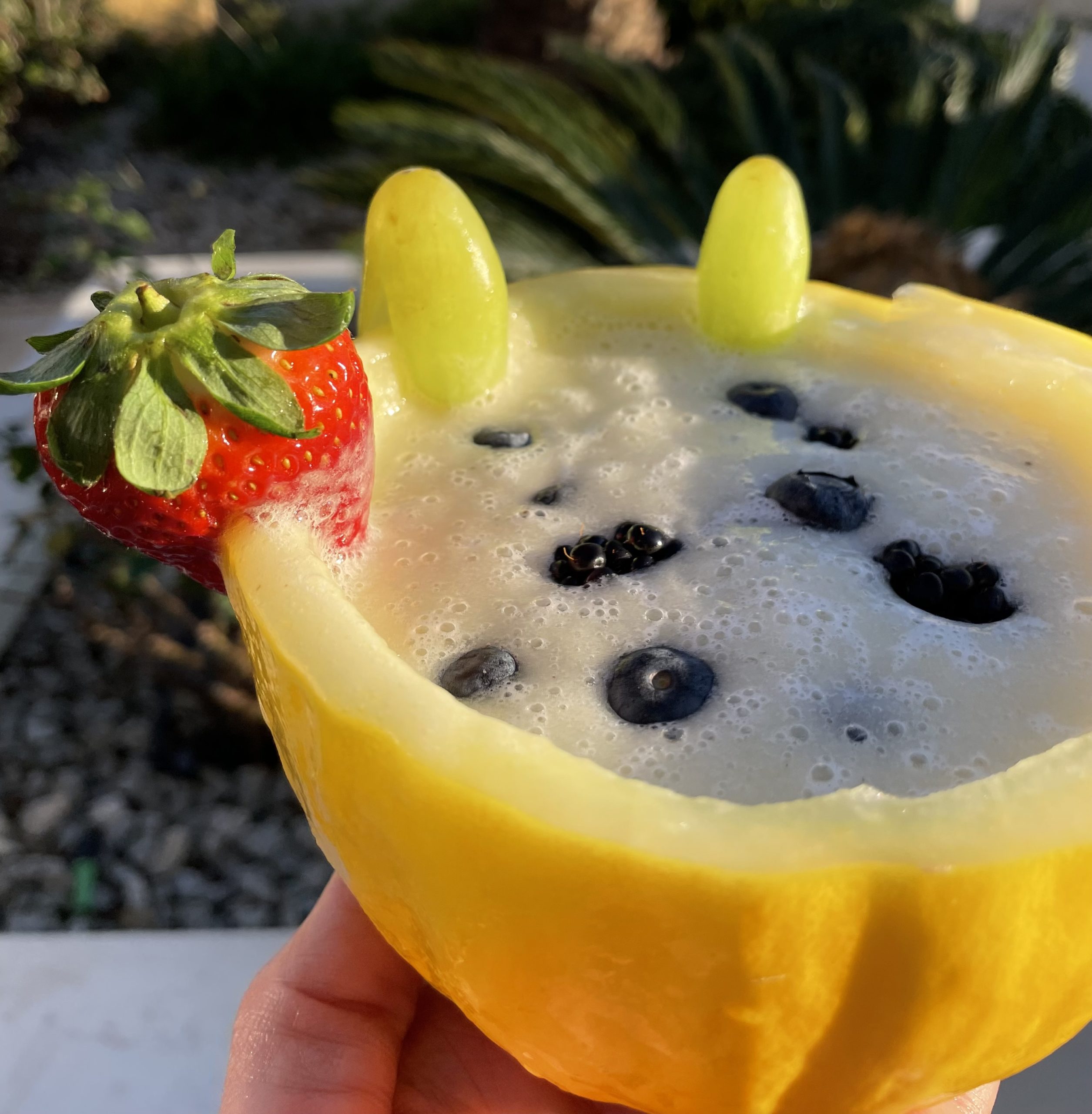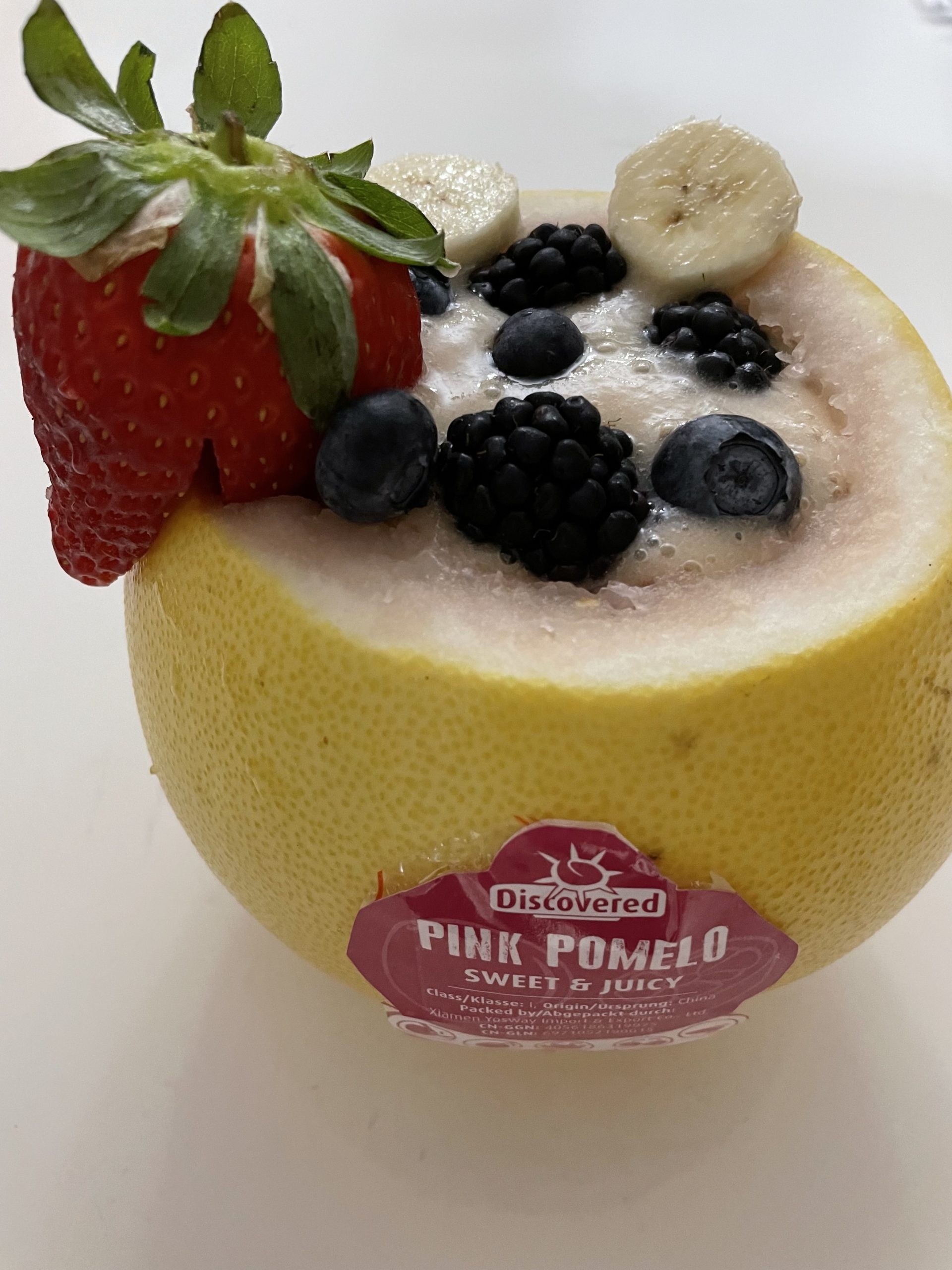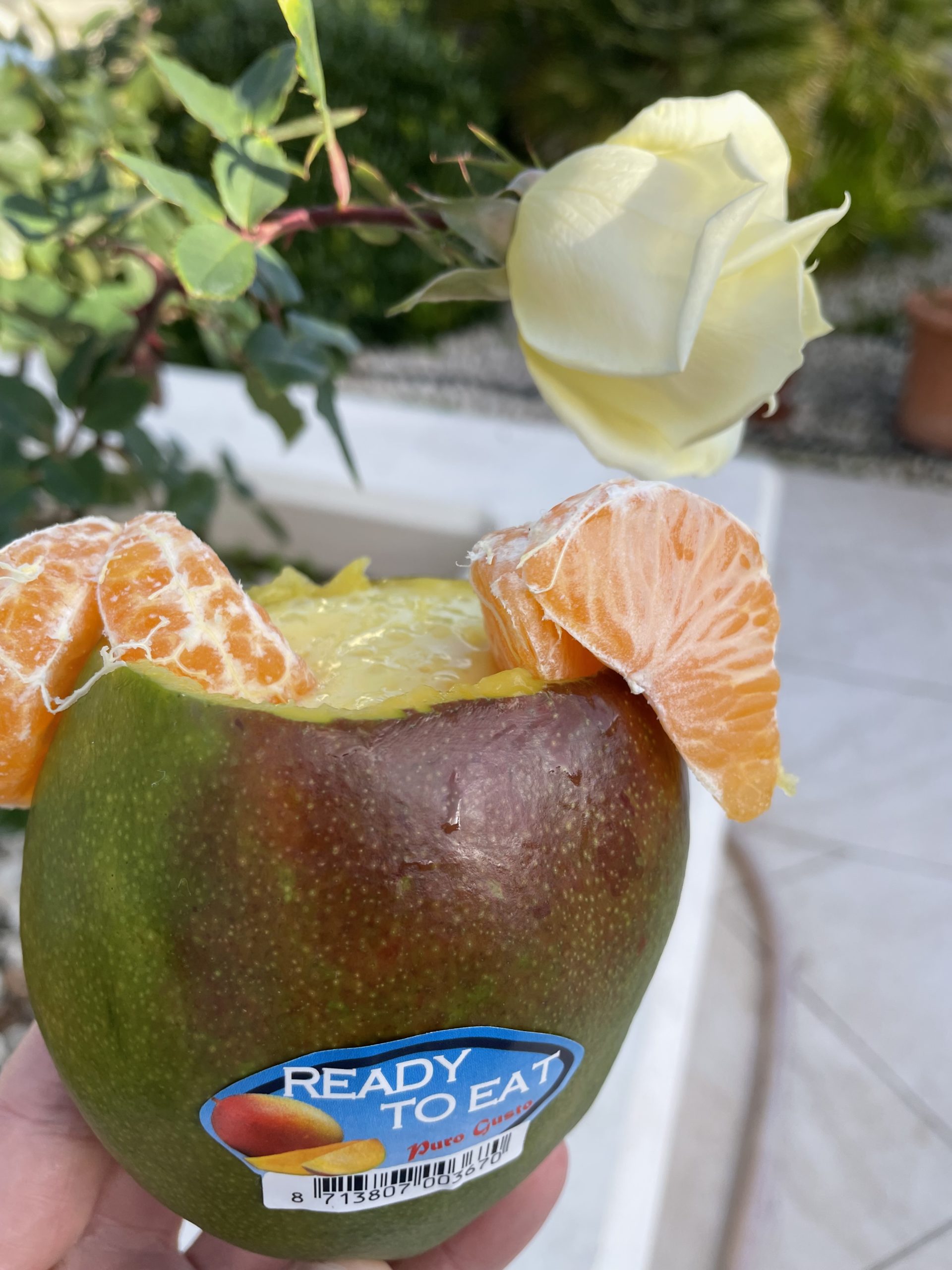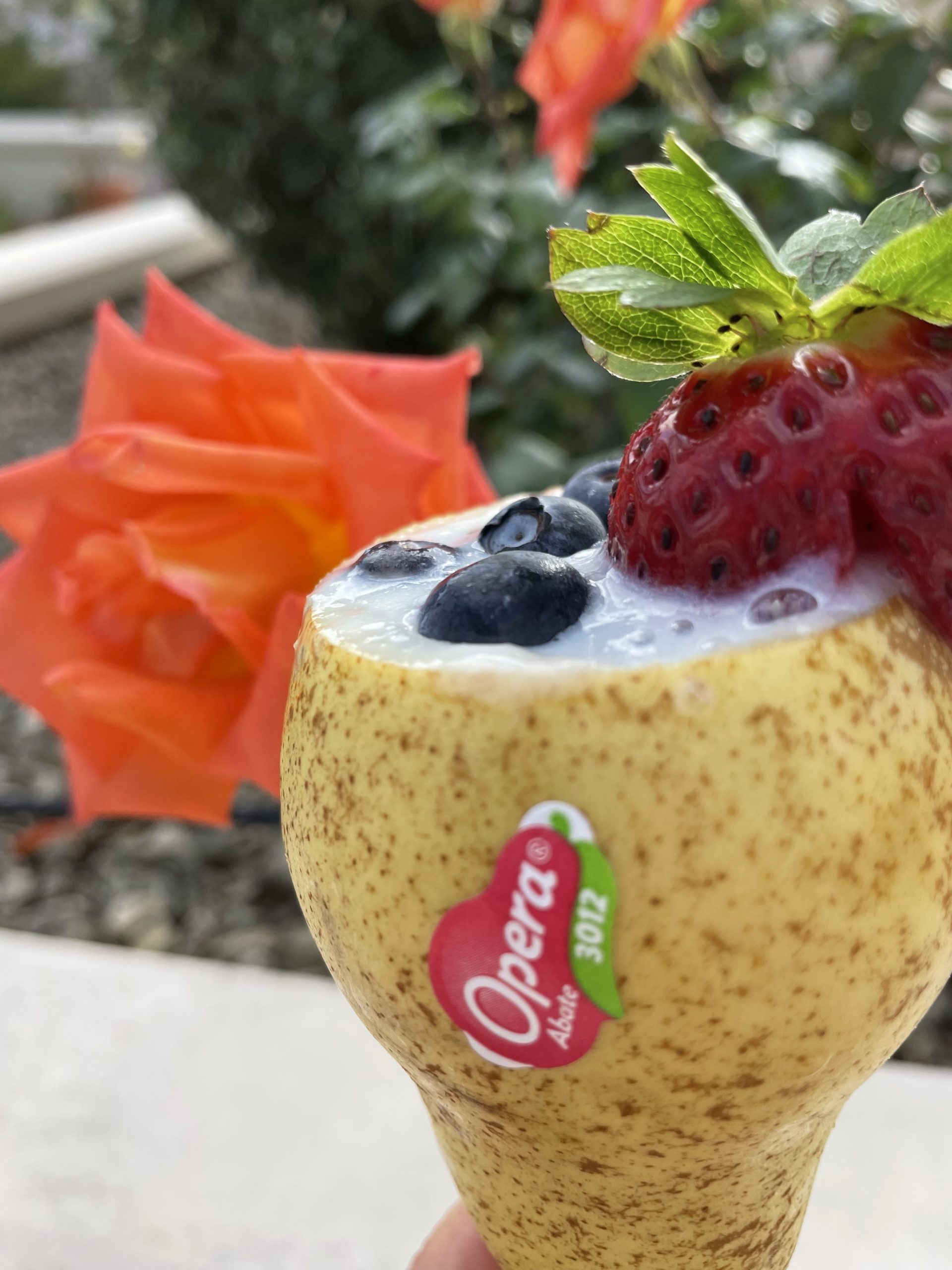General characteristics
A vegetable is a product coming from the garden which, used in the nutrition, it can make a good amount of vitamins, minerals, essential oils and enzymes which are important for the health. Depending on the part used in food, vegetables are divided into:
Fruiting vegetables: cucumber, zucchini, pumpkin, peppers, eggplant, tomatoes;
Flower vegetables: artichoke (rich source of iron and vitamin C), cauliflower, broccoli;
Seed vegetables: legumes (beans, peas, fava beans, chickpea, grass pea, lupine) rich in starch and protein;
Leafy vegetables: lettuce, radish, endive, borage, spinach, arugula, catalonia, cabbage, chard;
Stem vegetables: celery, fennel, thistle and asparagus which grows wild in the spring;
Root vegetables: radish, carrot, parsnip, beetroot, turnip, swede;
Tuber vegetables: potatoes, Jerusalem artichokes;
Bulb vegetables: onion, garlic, shallot, leek, spring onion.
After harvesting, the vegetables suffer a loss of vitamins, even if the storage is refrigerated, due to the interruption of their metabolic activity: this decrease is proportional to the elapsed time between harvesting and consumption.
Cooking
The vegetables can be cooked in different way: boiling vapor, fried, grilled with gratin in oven, under vacuum at low temperature, Double boiler
